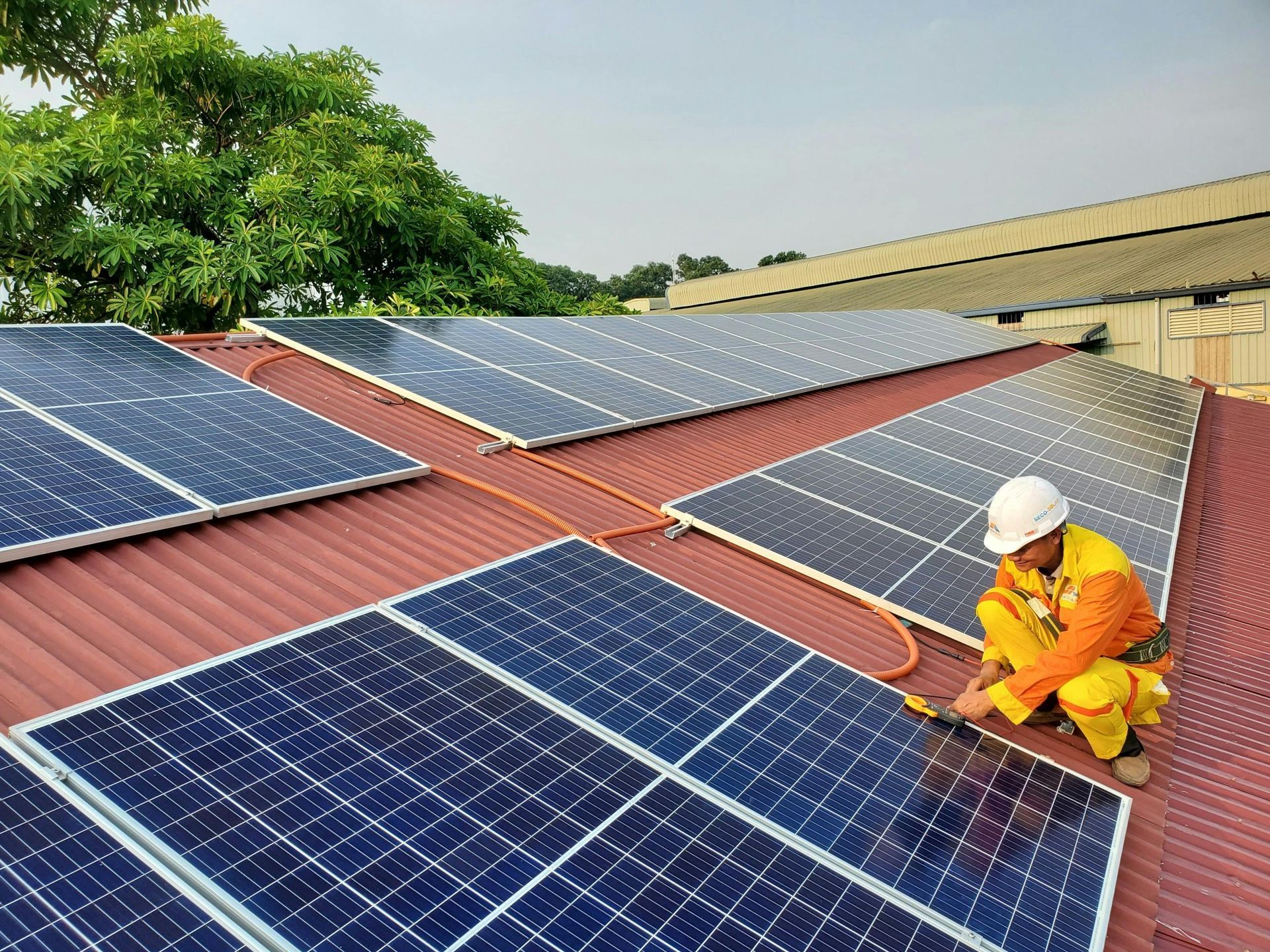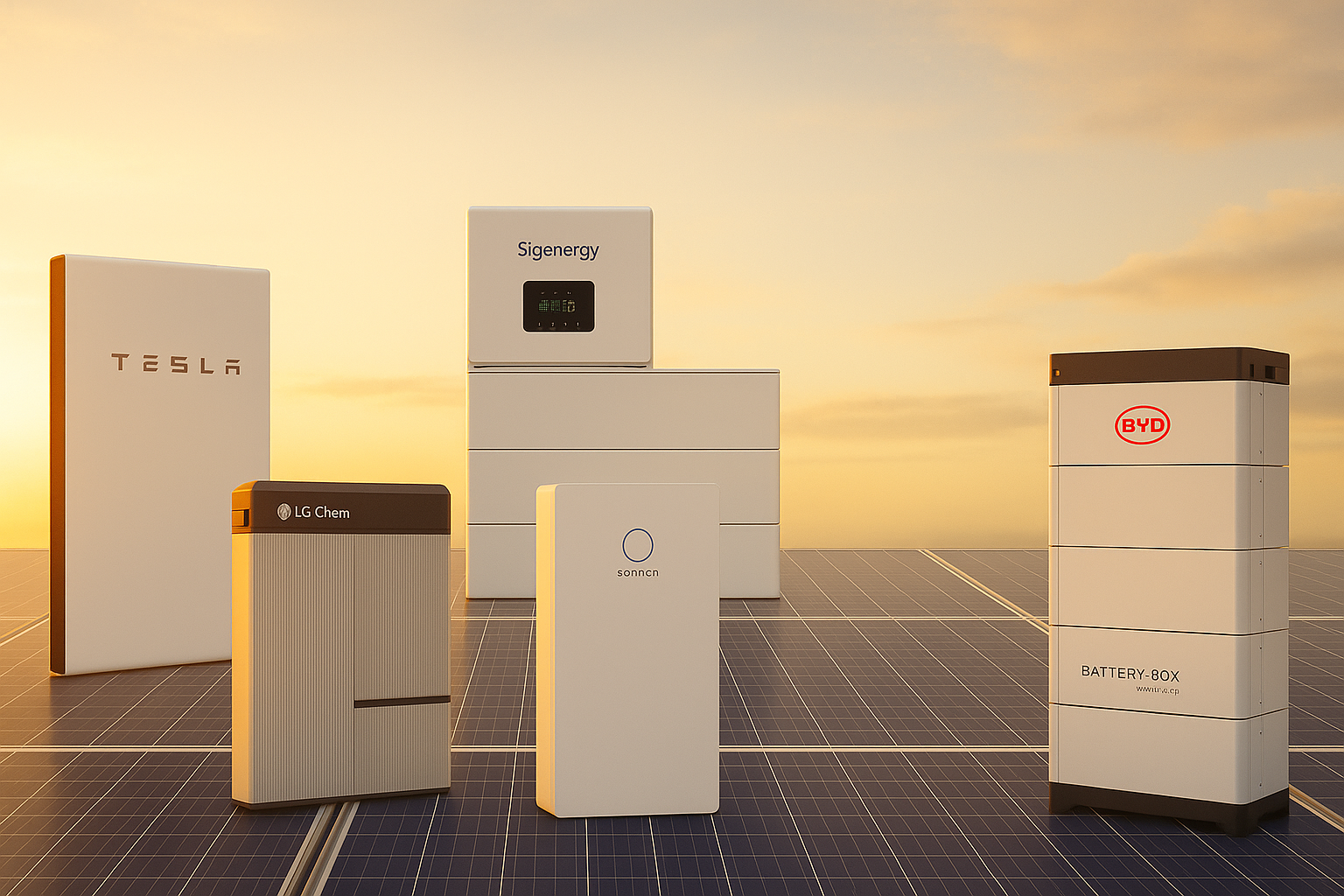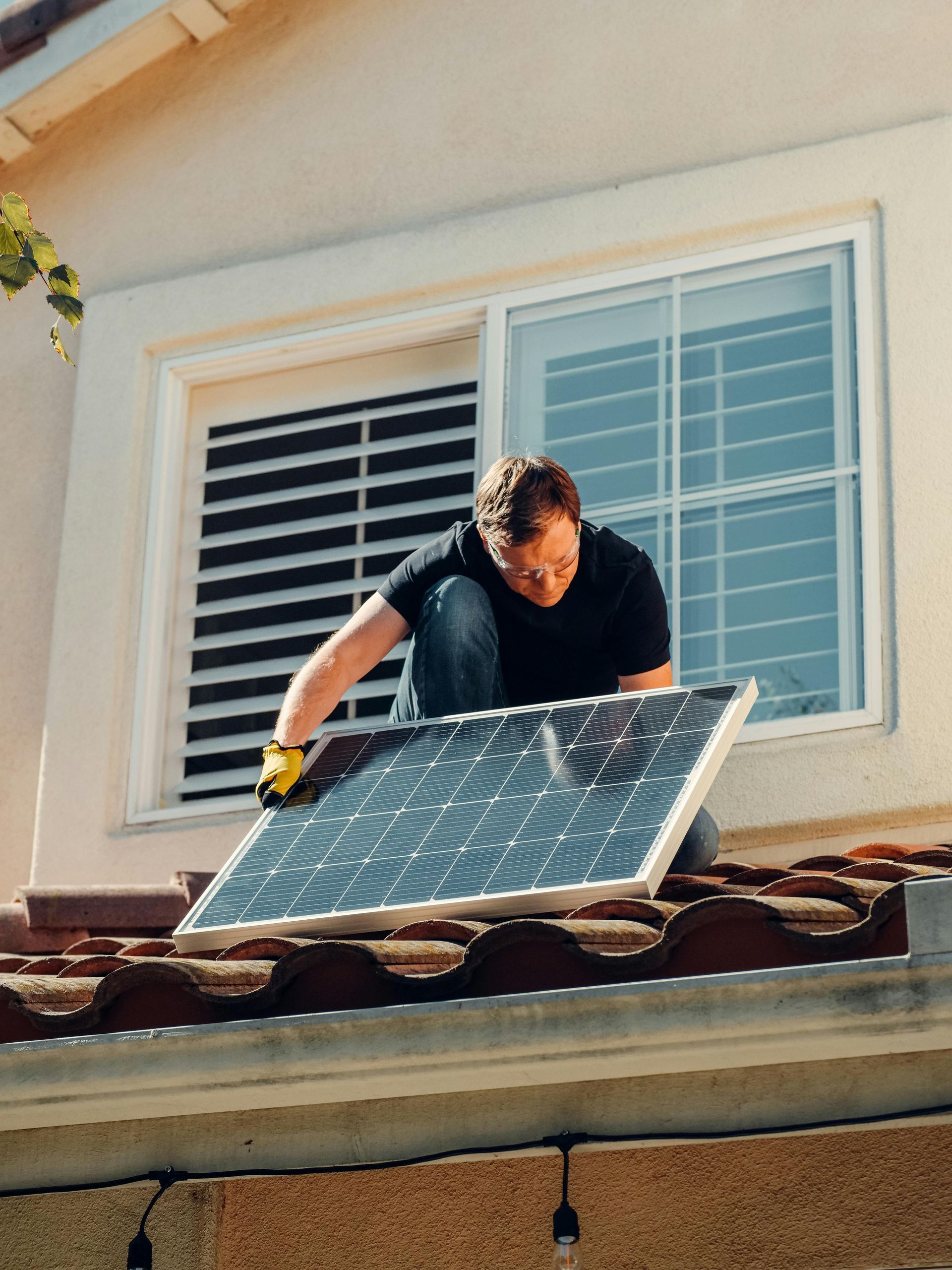Replacing your solar panels? Read this first.
A Comprehensive Guide for NSW Homeowners
If you're considering replacing your solar panels in New South Wales, it's essential to understand the factors involved.This guide provides insights into solar panel lifespan, signs of degradation, replacement options, and the latest government incentives, helping you make informed decisions.
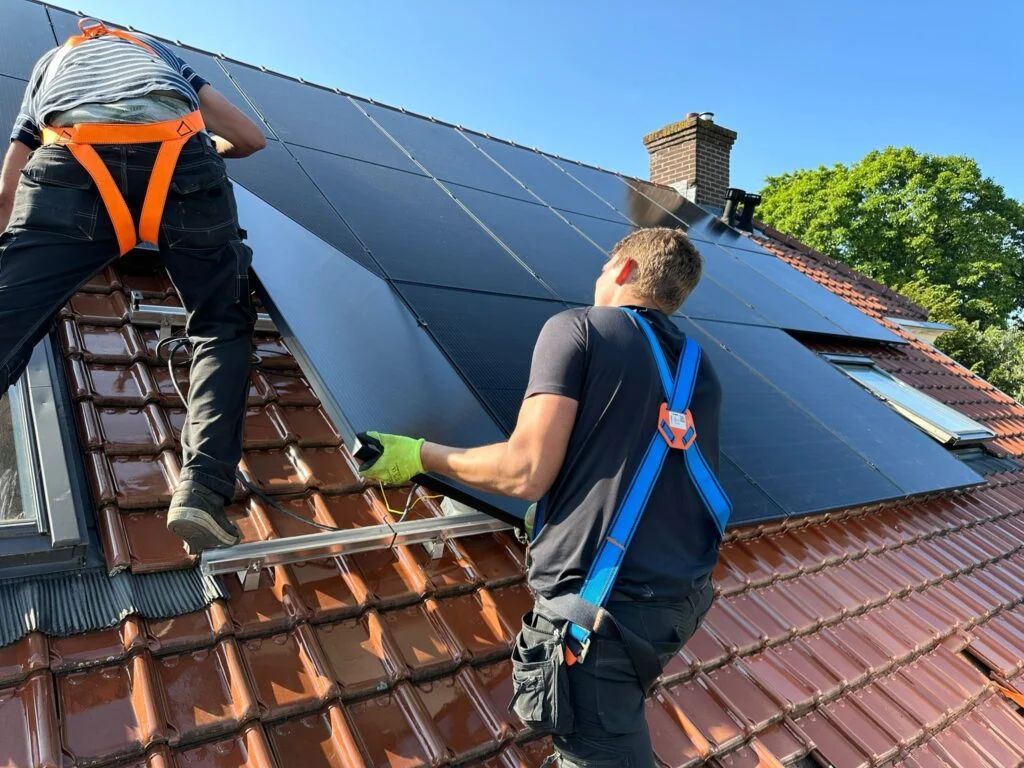
🔋 Understanding Solar Panel Lifespan and Degradation
Solar panels typically have a lifespan of 25 to 30 years.However, their efficiency gradually decreases over time.On average, panels lose about 0.5% of their efficiency annually, meaning after 25 years, they operate at approximately 87.5% of their original capacity.
Factors Influencing Degradation:
- Quality of Panels: Tier 1 panels degrade at a slower rate compared to lower-tier options.
- Installation: Proper installation ensures longevity and optimal performance.
- Environmental Conditions: Exposure to extreme weather, such as hail or high temperatures, can accelerate degradation.
- Maintenance: Regular cleaning and inspections help maintain efficiency and identify potential issues early.
⚠️ Signs It's Time to Replace Your Solar Panels
Consider replacing your solar panels if you notice:
- Significant Efficiency Loss: A noticeable drop in energy production, leading to higher electricity bills.
- Physical Damage: Cracks, discoloration, or delamination on the panels.
- Outdated Technology: Older panels may not be compatible with newer systems or may lack modern features.
- Warranty Expiration: If your panels are out of warranty, replacement might be more cost-effective than repairs.
🔄 Repair vs. Replacement: Making the Right Choice
Repair:
- Pros: Cost-effective for minor issues; quicker turnaround.
- Cons: May not address underlying degradation; potential compatibility issues with newer systems.
Replacement:
- Pros: Access to the latest technology; improved efficiency; potential eligibility for new incentives.
- Cons: Higher upfront cost; requires careful planning and installation.
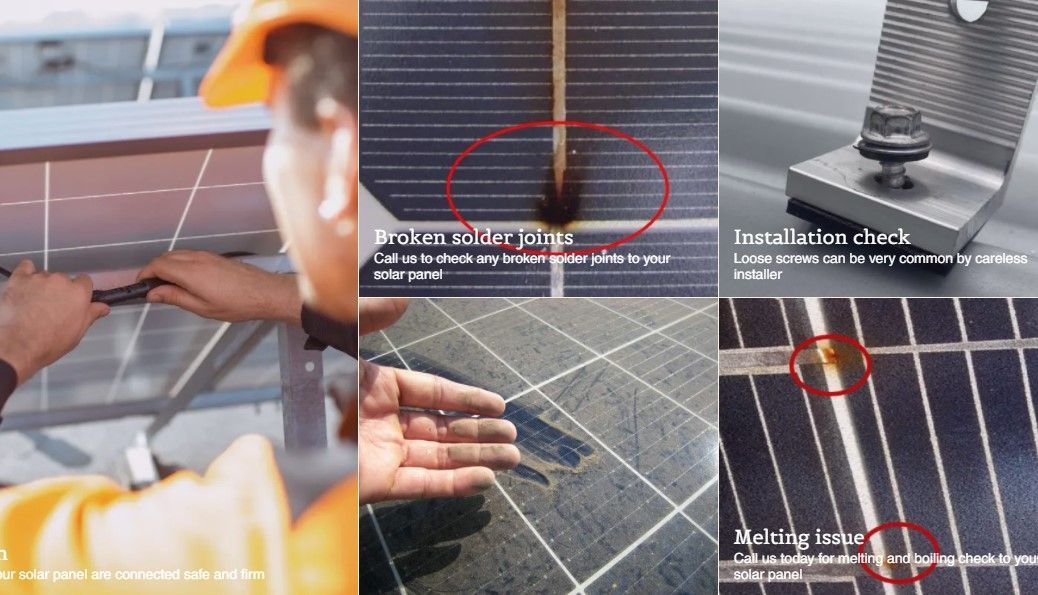
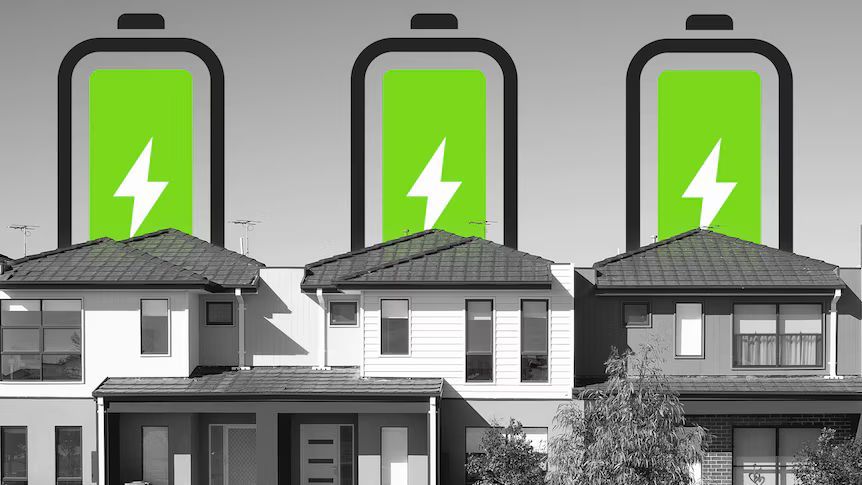
💡 Advancements in Solar Technology
Modern solar panels offer enhanced efficiency and durability. Upgrading to newer models can provide:
- Higher Energy Output: New panels can generate more electricity in the same amount of space.
- Improved Aesthetics: Sleeker designs that blend seamlessly with your roof.
- Smart Features: Integration with monitoring systems and smart home technology
🏠 NSW Government Incentives and Programs
The New South Wales government offers various incentives to encourage the adoption of renewable energy.
- Battery Subsidy Program: Starting November 1, 2024, households with existing solar panels can receive subsidies ranging from $1,600 to $2,400 for battery installations .
- Virtual Power Plant (VPP) Incentives: Additional incentives of $250 to $400 for connecting to a VPP, enhancing grid stability and allowing homeowners to sell excess energy back to the grid.
🛠️ Steps to Replace Your Solar Panels
- Assessment: Evaluate the performance of your current system and determine the need for replacement.
- Consultation: Engage with certified solar installers to discuss options and obtain quotes.
- Planning: Choose the appropriate panels and design a system that meets your energy needs.
- Installation: Ensure professional installation to maximize efficiency and comply with regulations.
- Post-Installation: Monitor the system's performance and schedule regular maintenance.
🌿 Environmental Considerations
Proper disposal of old solar panels is crucial. In Australia, recycling initiatives are in place to handle solar panel waste responsibly, recovering valuable materials and reducing landfill impact
📞 Get Expert Advice
If you're in Sydney or within a 100km radius and considering replacing your solar panels, consult with professionals to explore your options and take advantage of available incentives.
